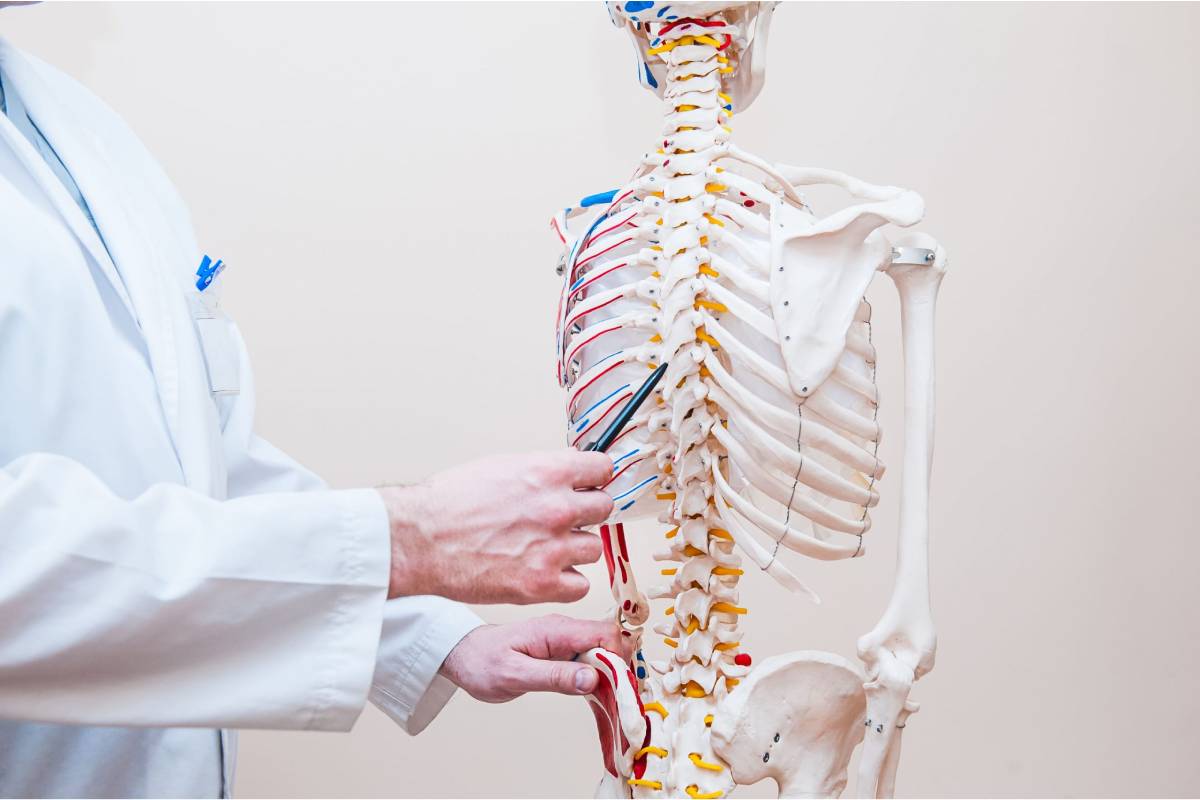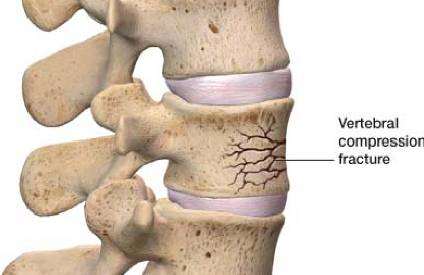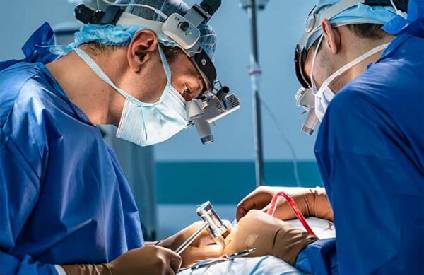
Personalized Care for Osteoporotic Spinal Fractures
Living with osteoporosis can be challenging, especially when weakened bones lead to spinal fractures. These fractures often cause sudden back pain, reduced mobility, and changes in posture, affecting your daily life. My goal is to provide personalized care that relieves pain, restores spinal strength, and improves quality of life through both non-surgical and minimally invasive procedures.
With specialized vertebroplasty and kyphoplasty techniques, I aim to stabilize the spine, restore height to compressed vertebrae, and allow patients to regain confidence in movement. Each treatment plan is tailored to the patient’s specific condition, ensuring safe, effective, and long-lasting outcomes.
Recognizing Osteoporotic Spinal Fractures
Spinal fractures from osteoporosis often occur with minimal trauma, such as a minor fall or even while performing daily household activities. Patients may notice sudden back pain, loss of height, or a forward curvature of the upper back. Early identification is critical to prevent further complications and chronic pain.
Diagnostic imaging like X-rays, CT scans, and bone density tests play an essential role in confirming the severity and location of fractures. Accurate diagnosis helps me design a precise treatment plan that may include vertebroplasty, kyphoplasty, or medical management for osteoporosis.
Key Observations
- Sudden back pain after minor trauma
- Loss of height and rounded upper back
- Diagnostic imaging to confirm fracture


Common Symptoms of Osteoporotic Vertebral Fractures
Patients with osteoporotic fractures often report severe localized pain that worsens with movement, making everyday activities difficult. Other signs include height reduction, stooped posture, and tenderness along the spine. Occasionally, nerve involvement may cause radiating pain or tingling sensations.
Recognizing these symptoms early allows for timely intervention, reducing the risk of spinal deformities and long-term disability. Non-surgical and minimally invasive treatments can often restore stability without major surgery.
Indicators to Watch For
- Severe back pain affecting daily activities
- Stooped posture or height loss
- Radiating pain or numbness if nerves are affected
Understanding Risk Factors
Osteoporosis weakens bones over time, increasing the likelihood of fractures. Risk factors include aging, hereditary predisposition, poor nutrition, low calcium intake, sedentary lifestyle, smoking, excessive alcohol, and certain medications like steroids. Women are particularly susceptible post-menopause, while men are also at risk after age 50.
Awareness of these factors allows us to implement preventive strategies alongside surgical treatment. Combining lifestyle modification, dietary optimization, and osteoporosis medication improves long-term bone health.
Contributing Factors
- Age-related bone loss and hormonal changes
- Sedentary lifestyle and poor nutrition
- Medications affecting bone strength
Diagnostic Approach for Fracture Assessment
Accurate diagnosis is critical for effective osteoporotic vertebral fracture treatment. I perform a detailed physical examination, review patient history, and utilize advanced imaging such as X-rays, CT scans, and MRI to evaluate bone density and fracture severity.
These assessments ensure that the treatment, whether vertebroplasty, kyphoplasty, or medical management, is tailored to your exact needs. Early intervention minimizes complications and improves long-term outcomes.
Diagnostic Highlights
- Advanced imaging confirms fracture location and severity
- Physical examination assesses mobility and nerve involvement
- Personalized evaluation guides treatment choice
Non-Surgical Management Options
Before considering surgery, osteoporosis-related spinal fractures are often managed with non-invasive treatments. These include medications like bisphosphonates, teriparatide, or denosumab to strengthen bones, pain management through analgesics, and lifestyle interventions like physiotherapy and safe exercises.
Bracing may also be used to stabilize the spine temporarily. While these approaches may not repair the fracture, they help reduce pain, prevent worsening of spinal alignment, and improve overall function.
Non-Surgical Measures
- Bone-strengthening medications and supplements
- Pain management and physiotherapy
- External braces to stabilize the spine
Minimally Invasive Surgical Options
For patients requiring fracture stabilization, I specialize in vertebroplasty and kyphoplasty. Vertebroplasty involves injecting bone cement directly into the fractured vertebra to restore strength, while kyphoplasty adds a small balloon to restore vertebral height before cement injection.
These procedures are percutaneous, meaning they require only a small incision, reduce hospital stay, and allow patients to resume normal activities sooner. They provide immediate pain relief and prevent further vertebral collapse.
Surgical Advantages
- Minimally invasive with small incision
- Immediate spinal stabilization and pain relief
- Faster recovery and reduced complications
Post-Procedure Recovery and Rehabilitation
Recovery after vertebroplasty or kyphoplasty is straightforward. Patients are encouraged to follow a structured rehabilitation program, which includes gentle exercises, posture correction, and gradual return to daily activities. Adequate calcium and vitamin D intake, along with regular monitoring of bone health, is essential.
Following the procedure, follow-up visits help ensure proper healing, check bone density, and adjust medications as needed. Combining medical management with minimally invasive surgery ensures long-term spinal strength and mobility.
Recovery Highlights
- Structured physiotherapy for safe rehabilitation
- Gradual resumption of daily activities
- Ongoing bone health management
Why Choose Minimally Invasive Osteoporotic Spine Surgery
Minimally invasive procedures like vertebroplasty and kyphoplasty are highly effective for osteoporotic fractures. They reduce procedural risks, minimize tissue damage, provide immediate relief, and help restore spinal alignment.
Each procedure is tailored to the patient’s fracture type, bone density, and overall health, ensuring optimal outcomes. My approach combines surgical expertise with personalized care to improve quality of life for patients suffering from osteoporosis-related spinal fractures.
Advantages
- Precise fracture stabilization
- Minimal tissue trauma and hospital stay
- Long-term improvement in spinal strength
Conclusion – Regain Strength and Mobility
Osteoporotic vertebral fractures do not have to compromise your life. With targeted vertebroplasty and kyphoplasty procedures, along with comprehensive osteoporosis treatment, most patients experience immediate pain relief, improved mobility, and long-term spinal health.
My focus is on personalized, patient-centered care that combines modern minimally invasive procedures with medical management for bone strength. If you’re struggling with osteoporosis-related spinal fractures, let’s work together to restore your spine and improve your quality of life.

